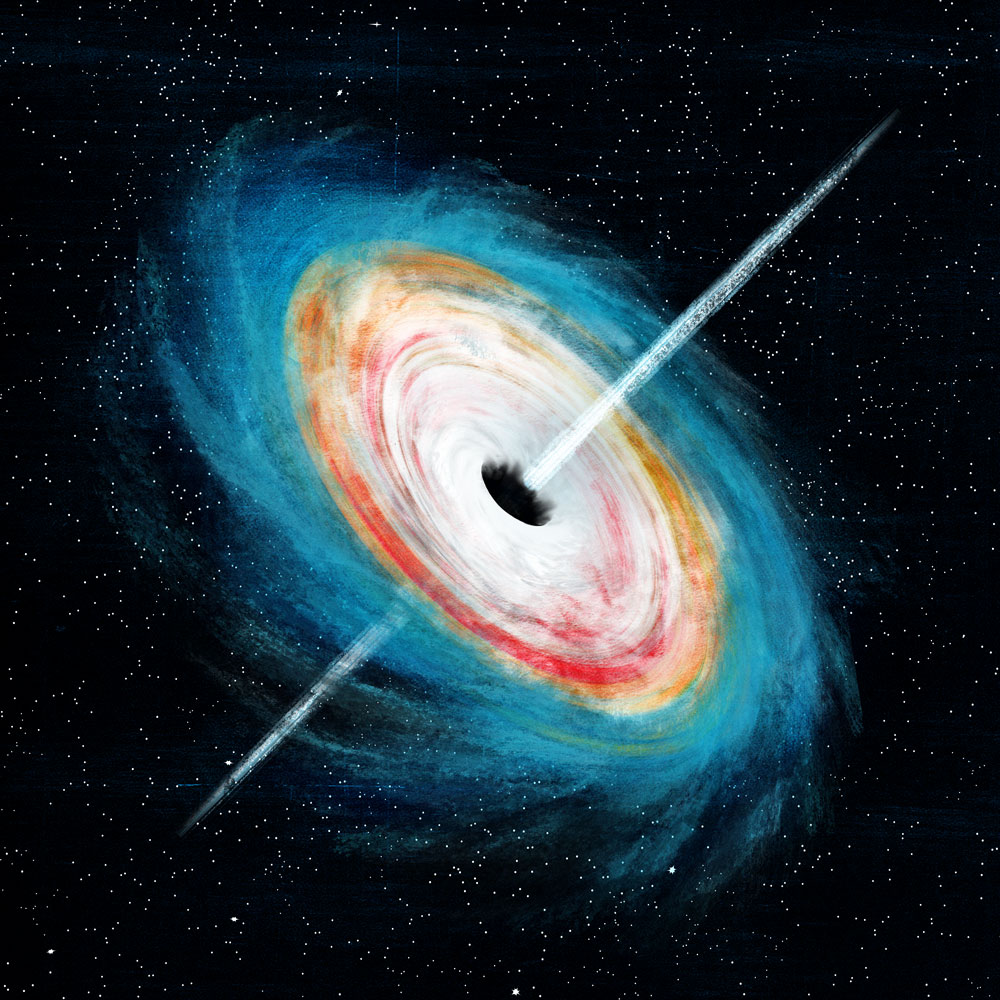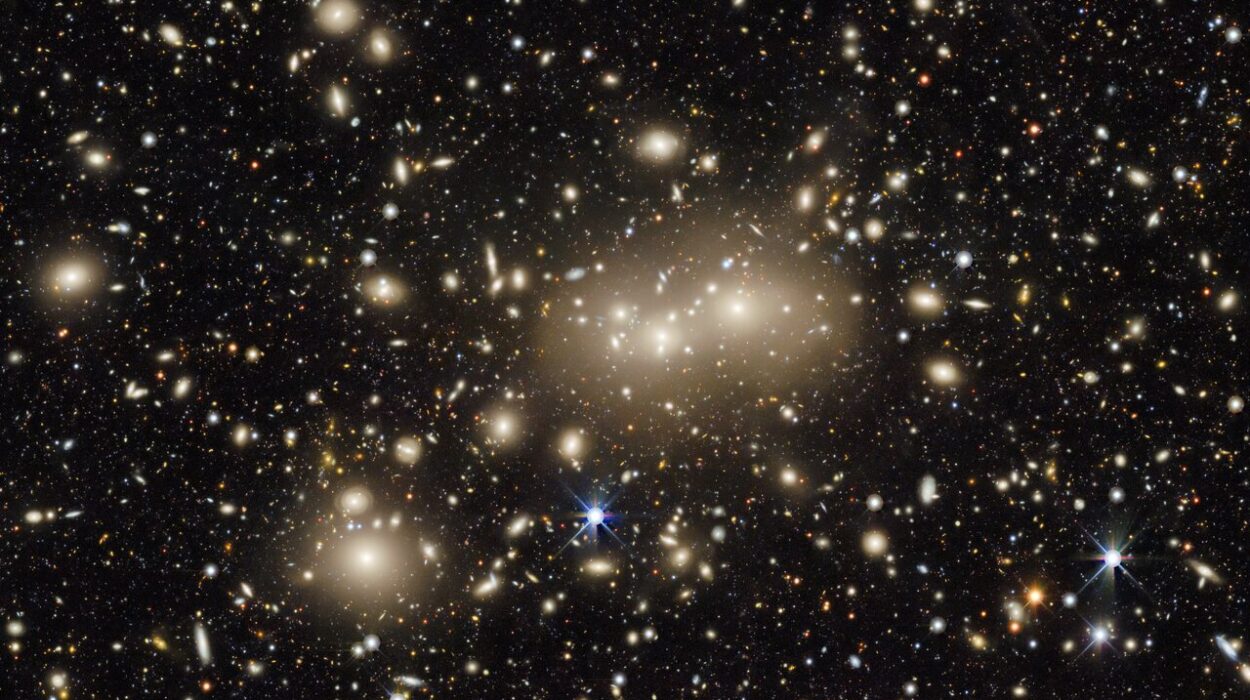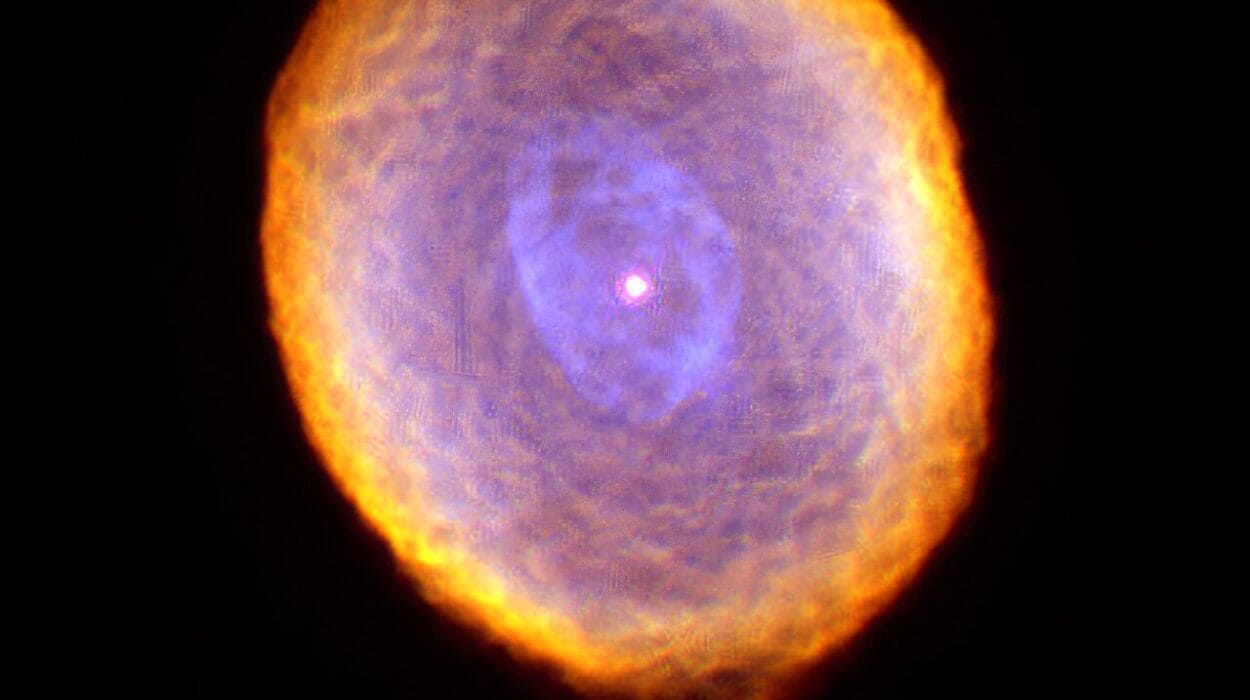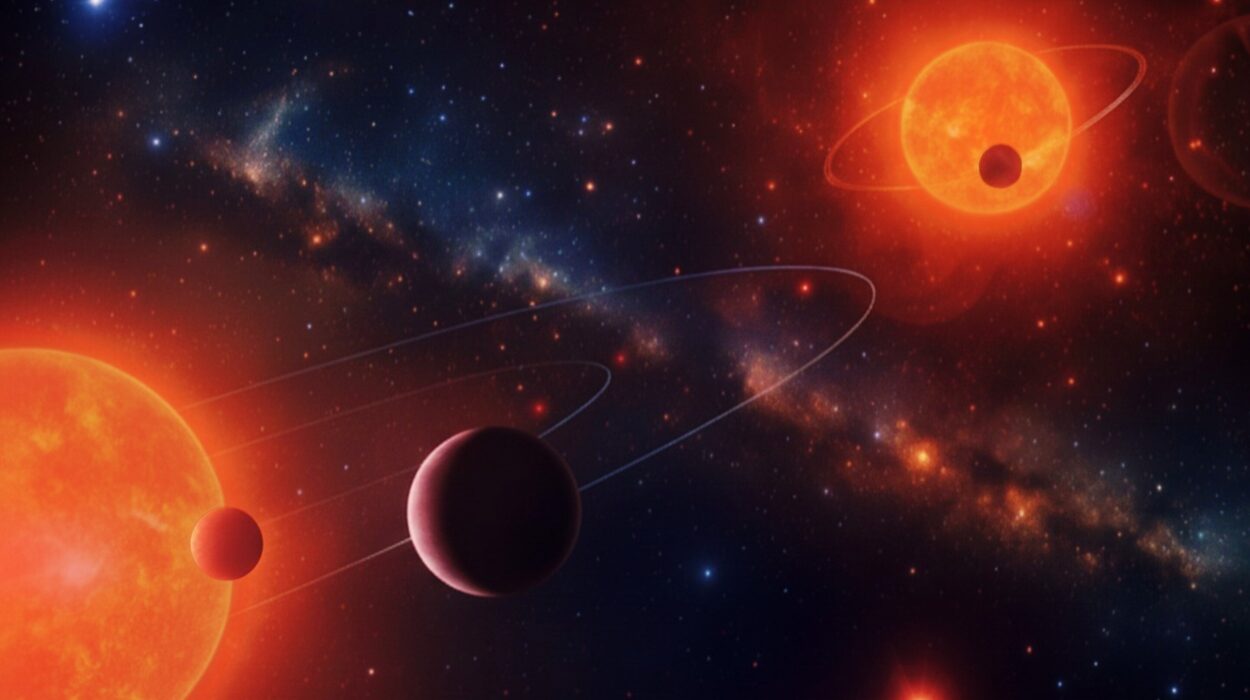Black holes are among the most fascinating and mysterious objects in the universe. They are regions of spacetime where gravity is so strong that nothing—not even light—can escape their pull. For decades, scientists considered black holes to be cosmic oddities, predicted only by the mathematics of Einstein’s general relativity. Today, they stand at the center of astrophysics, both literally and figuratively, reshaping our understanding of the universe and even the nature of reality itself.
In the last century, astronomers and physicists have uncovered discoveries about black holes that are as mind-blowing as they are unsettling. They defy common sense, stretch human imagination, and challenge our deepest scientific assumptions. Here, we explore ten of the most astonishing discoveries about black holes—discoveries that continue to transform science, philosophy, and our sense of cosmic wonder.
1. Black Holes Were Predicted by Pure Math Before They Were Observed
One of the most extraordinary things about black holes is that they were predicted long before we had any evidence they existed. In 1915, Albert Einstein published his general theory of relativity, describing how massive objects bend the fabric of spacetime. Just months later, German physicist Karl Schwarzschild found an exact solution to Einstein’s equations, which suggested the existence of a point in space where gravity would be infinite and escape impossible.
At the time, this was considered a mathematical curiosity, not a physical reality. Even Einstein himself doubted black holes could exist in nature. For decades, many scientists dismissed the idea as too bizarre. And yet, a century later, we not only know black holes exist, we’ve photographed one.
This discovery reminds us that mathematics can often glimpse truths about the universe before our eyes and telescopes can confirm them.
2. Black Holes Can Be Detected Even Though They Are Invisible
By definition, black holes emit no light. So how did scientists ever confirm they were real? The answer lies in their surroundings. A black hole may be invisible, but the matter it devours is not. When gas and dust spiral toward a black hole, they heat up to millions of degrees and emit X-rays that can be detected by space telescopes.
In 1964, scientists discovered the first black hole candidate, Cygnus X-1, in the Milky Way. It was detected not by sight, but by its gravitational influence on a nearby star and the powerful X-rays coming from its accretion disk.
Today, astronomers identify black holes by observing the movement of stars around invisible objects or by capturing radiation from matter falling into them. The fact that we can study something that cannot be seen at all is one of the most mind-blowing aspects of black hole science.
3. Black Holes Have an Event Horizon: A Point of No Return
Perhaps the most famous feature of a black hole is the event horizon, the “point of no return.” This is the boundary beyond which nothing—neither matter nor light—can escape. If you cross this threshold, you are forever cut off from the rest of the universe.
The event horizon is not a physical surface like the crust of a planet, but rather an invisible boundary in spacetime. From the perspective of an outside observer, an object falling into a black hole seems to slow down infinitely as it approaches the event horizon, never quite crossing it. But from the falling object’s perspective, it plunges right through, never noticing anything special at that exact point.
The event horizon is the ultimate one-way gate of the cosmos, where physics itself seems to bend toward the extreme.
4. Black Holes Can Spin and Warp Space Around Them
Black holes are not all the same. Some are “naked singularities” (theoretically), some are charged, and many are spinning. In fact, most black holes are thought to spin, and this rotation produces some of the wildest effects in the universe.
A spinning black hole drags spacetime itself around with it in a phenomenon called “frame dragging.” In this warped region known as the ergosphere, nothing can remain still. This effect means black holes can, in theory, act as cosmic engines. The Penrose process, proposed by physicist Roger Penrose, suggests it might be possible to extract energy from a rotating black hole by entering the ergosphere and escaping with more energy than you came in with.
In other words, spinning black holes could power future cosmic technologies—or at least inspire some of the most exotic science fiction ideas.
5. Black Holes Can Merge and Create Gravitational Waves
For decades, black holes were thought of as isolated monsters lurking in the dark. But in 2015, the Laser Interferometer Gravitational-Wave Observatory (LIGO) made a groundbreaking discovery: it detected gravitational waves—ripples in spacetime—produced by the collision of two black holes over a billion light-years away.
This was the first direct detection of gravitational waves, confirming another prediction of Einstein’s relativity. It was also the first time scientists had “heard” the universe in a new way, listening to cosmic vibrations instead of just looking at light.
Since then, dozens of black hole mergers have been detected, opening an entirely new window into astrophysics. These cosmic collisions are so powerful they release more energy in a fraction of a second than all the stars in the observable universe emit combined.
6. Supermassive Black Holes Lurk at the Centers of Galaxies
One of the most astonishing discoveries of modern astronomy is that nearly every large galaxy has a supermassive black hole at its center. These black holes are millions to billions of times more massive than the Sun.
The Milky Way, for example, harbors Sagittarius A*, a supermassive black hole about four million times the mass of the Sun. Scientists confirmed its presence by tracking the orbits of stars near the galactic core, which revealed they were whipping around something invisible yet immensely heavy.
Even more astonishing, supermassive black holes seem to play a role in shaping entire galaxies. They regulate star formation, spew out enormous jets of energy, and may even dictate how galaxies grow and evolve.
The fact that these monsters anchor the hearts of galaxies suggests black holes are not cosmic accidents but essential ingredients of the universe’s architecture.
7. Black Holes Evaporate Through Hawking Radiation
For a long time, black holes were considered completely inescapable. But in 1974, physicist Stephen Hawking proposed a groundbreaking idea: black holes are not entirely black. According to quantum mechanics, pairs of virtual particles constantly appear and vanish in the vacuum of space. Near the event horizon, one of these particles can fall into the black hole while the other escapes, making it seem as though the black hole is emitting radiation.
This phenomenon, now called Hawking radiation, implies that black holes can slowly lose mass and eventually evaporate. For large black holes, this process is unimaginably slow—far longer than the age of the universe. But for tiny black holes, evaporation could be rapid and dramatic.
Hawking’s discovery united quantum physics, thermodynamics, and relativity in a way that still challenges scientists today. It was the first hint that black holes might hold the key to reconciling the deepest laws of physics.
8. Black Holes Challenge Our Understanding of Information
One of the most mind-bending puzzles in physics is the “black hole information paradox.” According to quantum mechanics, information about a system’s initial state can never be destroyed. But according to classical black hole theory, anything that falls into a black hole is lost forever.
If black holes evaporate completely through Hawking radiation, where does the information about what fell in go? Is it truly lost, or is it somehow encoded in the radiation or stored on the event horizon? This paradox has sparked decades of debate among physicists, including Stephen Hawking, Leonard Susskind, and Juan Maldacena.
Some theories suggest that information is preserved on a “holographic surface” of the event horizon, giving rise to the holographic principle—the idea that the universe itself may be a kind of hologram.
This paradox is not just about black holes; it touches the deepest questions about the nature of reality.
9. We Have Seen the “Shadow” of a Black Hole
In April 2019, humanity achieved a historic milestone: the Event Horizon Telescope collaboration released the first-ever image of a black hole’s shadow. This black hole, located in the galaxy M87, is 55 million light-years away and six billion times the mass of the Sun.
The image showed a glowing ring of light surrounding a dark shadow, the silhouette of the event horizon itself. For decades, black holes had been invisible, inferred only through indirect evidence. Now, we had a direct visual glimpse of one.
This discovery was not only a triumph of technology—linking radio telescopes across the globe to act as a planet-sized observatory—but also a profound confirmation of Einstein’s theory. Seeing the unseeable was one of the greatest moments in the history of science.
10. Black Holes May Be Gateways to Other Universes
Perhaps the most mind-blowing idea of all is that black holes might not be the ultimate ends they appear to be. Some theories propose that the singularity at the heart of a black hole could connect to other regions of spacetime, perhaps even other universes.
These speculative structures, called wormholes or Einstein-Rosen bridges, are not yet confirmed to exist. But the mathematics of general relativity allows for the possibility. If true, black holes may not simply be cosmic destroyers, but cosmic portals.
Even more astonishing is the possibility that our own universe began inside a black hole. Some cosmologists suggest that what we call the Big Bang could have been the “white hole” explosion on the other side of a black hole in another universe.
While highly speculative, these ideas reveal that black holes are not just astrophysical objects—they may be the keys to understanding the very origin and structure of reality itself.
Conclusion
Black holes are not just dark abysses in space; they are windows into the deepest mysteries of the cosmos. They challenge our ideas of physics, inspire groundbreaking technology, and force us to reconsider what we think we know about reality.
From their prediction in Einstein’s equations to the first photograph of their shadow, from their role in shaping galaxies to their strange quantum properties, black holes are reminders of both the power of human curiosity and the vast unknowns that still lie ahead.
The more we learn about black holes, the more questions arise. They are not just cosmic monsters—they are cosmic teachers, pushing us to expand our understanding of existence itself.






